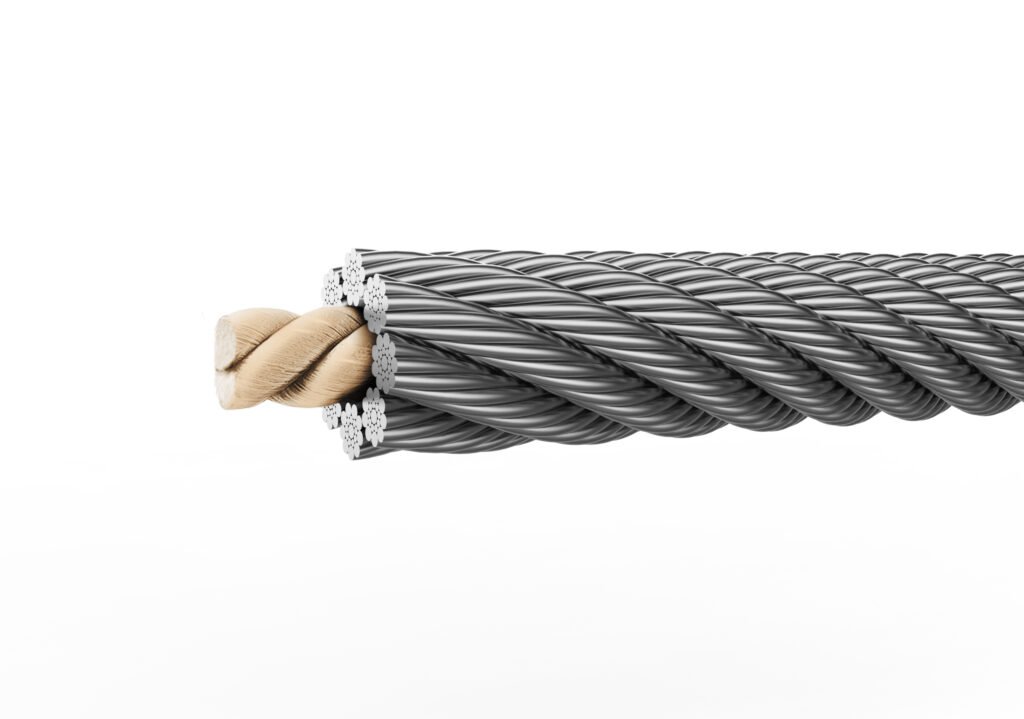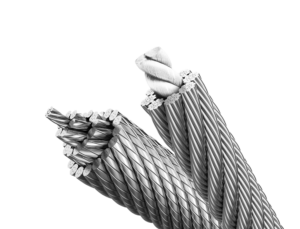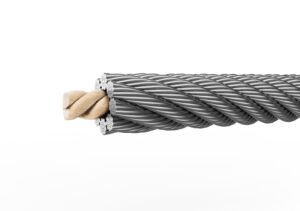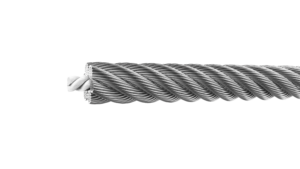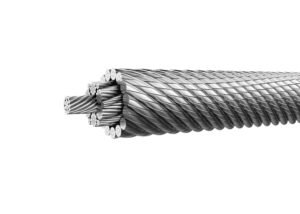Lubrication isn’t just about keeping wire ropes shiny—it directly affects safety, performance, and longevity. Poor lubrication is one of the **top causes of wire rope failure** in the field.
—
## 1. Why Lubrication Is Essential
Wire ropes contain many steel wires twisted together. During operation, these wires generate internal friction, which can lead to:
– **Internal wear and fatigue**
– **Corrosion**
– **Loss of flexibility**
– **Premature failure**
Proper lubrication:
– Reduces wear
– Slows corrosion
– Maintains flexibility
– Extends lifespan
—
## 2. Types of Wire Rope Lubricants
### a. Penetrating Lubricants
– Low-viscosity oils
– Seep deep into the core
– Ideal for flexible or high-cycle ropes
### b. Coating Lubricants
– Thick, grease-like layer
– Protect against moisture, dust, and chemicals
– Best for marine or dusty environments
> Some products offer **dual action** for both penetration and surface protection.
—
## 3. When and How to Lubricate
### When to Lubricate:
– **Heavy-use ropes**: Every 1–2 months
– **Indoor/light use**: Every 3–6 months
– **After cleaning or rain**: Re-lubricate immediately
### How to Lubricate:
1. **Clean the rope** before applying
2. Use a **brush, spray, or pressure system**
3. **Rotate the rope** for full coverage
4. Avoid **over-lubrication**
—
## 4. Common Mistakes to Avoid
– ❌ Skipping lubrication entirely
– ❌ Using engine oil or motor grease
– ❌ Applying only to surface
– ❌ Not reapplying after rain or dust exposure
—
## 5. Choosing the Right Lubricant
A good lubricant should be:
– Water-resistant
– Compatible with steel and rope coatings
– Temperature stable
– Designed specifically for wire rope use
Refer to:
– **ISO 4309**
– **FEM 1.001**
– **Manufacturer specs**
—
## Conclusion
Lubrication is not just routine maintenance—it’s vital protection. With proper technique and scheduling, you can:
– Extend wire rope service life
– Improve safety
– Reduce equipment downtime
> A well-lubricated rope is a safe and cost-efficient rope.

